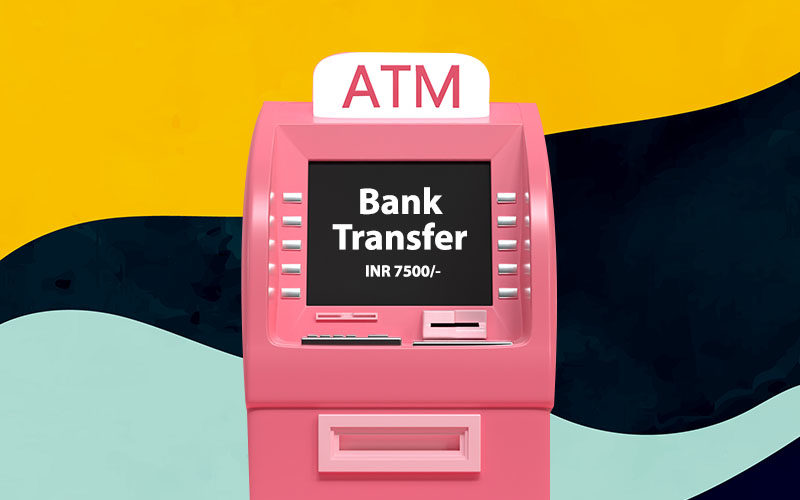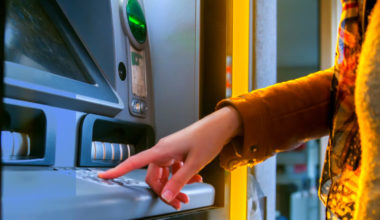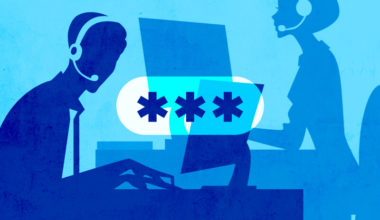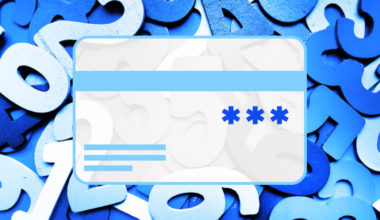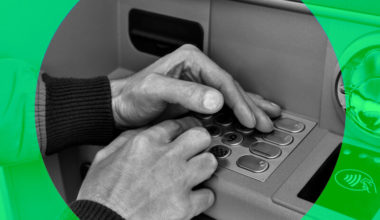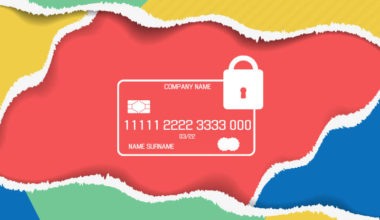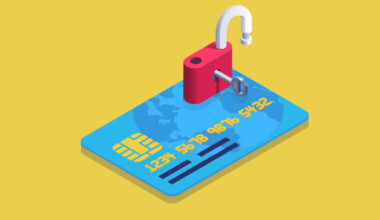We often come across such baffling situations where we have an urgent requirement of money but we fall short of it. Imagine running out of petrol while driving on the road and not having enough cash in the wallet to go to a petrol station. What if you don’t have an ample amount in your bank account as well to pay online? You cannot avoid refilling the petrol as you would not want to be stuck in the middle of the road that creates further problems for you. In times of such dire need, you may seek help from your near and dear ones who can offer you instant help through money transfers. ATM money transfer can be of great use as senders can go to their nearest ATMs and transfer money up to a certain limit to a payee.
During emergencies, traditional ways like cheque payments, money orders, or draft payments won’t work out as they are time-taking and require the senders to visit the banks which may not be feasible at all times. Similarly, it is not always possible for lenders to go to the bank branch to transfer money through their accounts. Although other online payment modes like mobile or internet banking, digital wallets, and UPI can be used to transfer money easily, not all people are very tech-savvy. However, there is still another mode of money transfer that is already in use by most people- debit-cum-ATM cards. These ATM cards allow users to withdraw/transfer money through ATMs money in a few easy steps.
ATM Money Transfer – Steps to Follow
Many people are aware of only the limited functions of ATM cards like withdrawing money or checking the balance of their bank accounts. This is why they may not know how to transfer money through ATMs. But, you must have noticed that whenever you perform a transaction at an ATM, the screen displays several options other than cash withdrawal and balance check. These options include changing/resetting the PIN, withdrawing quick cash, and also making money transfers.
Even though ATMs from different banks display their options on the screen in a different order, they are almost the same. So, follow the below guidelines to transfer money using ATM:
- Reach out to the nearest ATM
You can use your ATM card not only at an ATM of the bank of which you are an account holder but any bank’s ATM. Reach out to the nearest functional ATM and insert the card in the card reader. Make sure the light blinks near the card reader which indicates that now you can insert the card as the previous transaction is over. Also, once you complete your transaction and pull out the card, wait for the light to blink to confirm that your transactional activities are over. This will prevent any fraud by another person that may enter the ATM once you have left.
- Choose ‘Fund Transfer’ or ‘Quick Transfer
As you enter the card, the card reader reads the card details on the chip and the magnetic stripe that is unique to each cardholder. Several options are displayed on the ATM screen that you can choose from to perform the transaction. You will have to enter your ATM PIN, select the language and your account type (Savings or Current). From the various available options, you can withdraw money, get quick cash, check balance and likewise, make the ‘Fund Transfer’. It is an option you get to perform ATM money transfer. Previously, ATMs allowed fund transfers only to added beneficiaries but some banks now allow instant transfers to non-beneficiaries as well. You can opt for ‘Quick Transfer and send money to a payee through NEFT or IMPS.
- Add Details of the Beneficiary
You can either choose among the added beneficiaries to send money to or for a fund transfer. If you are making a quick transfer to a beneficiary that was not added previously, then, you will have to add the details of the payee. Add the account number, IFSC, and the payee’s name. You may also be prompted to enter your bank account number and other details. Enter the amount you would like to send to the recipient and you will have to re-confirm it to avoid any incorrect money transfer
- Notification of the ATM Money Transfer
You will get the notification of the successful or failed attempt on the display screen. You may also get the bank’s message on your email and the mobile number after the transaction. You can get the printed slip from the ATM to check your balance.
Benefits of ATM Money Transfer
ATM money transfers can be quick and easy. Other than that, there are several other benefits of ATM money transfer such as:
- You can do the fund transfer 24×7 without going to the bank or waiting for the banks to open. There is no need to worry if the bank’s working time is over or if it is a bank’s holiday
- You need not visit a specific bank’s branch as any nearest ATM serves the purpose.
- It reduces your dependency on the bank officials as well as their burden for every little transaction that the customer performs
- There is a comparatively lesser chance of human error of entering the wrong account number or amount than that at the bank. This is because bank officials have several customers and do numerous transactions daily. Herein, you are entering your own or your beneficiary’s account details that you may not falter. Also, the ATM usually asks you to re-enter and confirm before you proceed with the payment, mitigating the chances of error. If you enter the wrong PIN, the transaction automatically declines. However, if you enter the wrong amount, you are accountable for it!
Wrapping it up:
ATMs provide a couple of facilities and services to the customers. One of them is to transfer money from one bank account to another using your debit/ATM card. Money transfers through ATMs can be helpful in urgent situations. All you need to do is go to an ATM, insert your card and opt for ‘Fund Transfer’ or ‘Quick Transfer’. Do check if your bank allows money transfers through ATMs only to added beneficiaries or even to non-beneficiaries. However, you must know the bank details of the beneficiary. One disadvantage of ATM money transfer is that it requires you to move out of your home and go to an ATM. Also, ATM money transfers are difficult in those regions where an ATM is not located nearby. Therefore, UPI payments, mobile banking, or net banking have an advantage over fund transfers through ATMs.
